Recipe Specifications
- This recipe uses a total of 750g of oil
- Total mold content is about 1.1kg (1100g)
- 2.2 : 1 ratio of water and lye (about 31% lye concentration)
- 6% super fat
- Fragrance percentage at 1.5% of total oils
- Full water replacement with brewed coffee for the lye solution
Ingredients
- Brewed coffee (frozen) 230 grams
- Sodium hydroxide 104 grams
- Coconut oil 225 grams
- Rice husk oil 150 grams
- Extra virgin olive oil 150 grams
- Shea butter 150 grams
- Cocoa butter 75 grams
- Fragrance oil 10 ml
- 1 teaspoon used ground coffee.
How to make coffee cp soap
- Make a big strong cup of brewed coffee. Weigh 230 grams of coffee and pour into an ice cube tray. Place the ice cube tray in the freezer. Do this the day/evening before you are going to make the soap to make sure it is frozen properly.
- Weigh the oils and butters in a small saucepan and melt slowly over low heat on the stove. You can also melt the oils in the microwave on low heat in a microwave-safe container. Do not heat the oils and butters too hot, about 60°C is sufficient.
- Weigh your sodium hydroxide into a small jar and immediately cover it with a lid. Put it in a safe place.
- Make your lye solution in a medium jug. Gradually add the sodium hydroxide to the frozen coffee ice cubes and mix slowly and gently until the sodium hydroxide is dissolved and the coffee is melted. This mixture should be about 20°C once the solution is mixed, which is perfect for adding to the hot oil mixture. Don’t worry if there are a few bits of undissolved lye in the mixture, you can strain them out.
- When you are ready to make the soap, pour the warmed oils into a large pitcher and stir in the fragrance oil. Carefully pour the lye solution into the oil mixture and whisk until the soap thickens. You can use a hand blender to speed up this process, but it is not necessary for this recipe.
- Add a small amount of used ground coffee (if you like) and mix it in.
- Pour the soap into the mold once it has reached a medium thickness. Decorate or edit the top if you wish.
- Once the soap has become somewhat firm, cover and wrap it in a blanket or towels to force the soap to gel.
- When the soap is firm enough to cut (1 to 2 days), cut the soap and let it cure in a dry/airy place for 4-6 weeks.

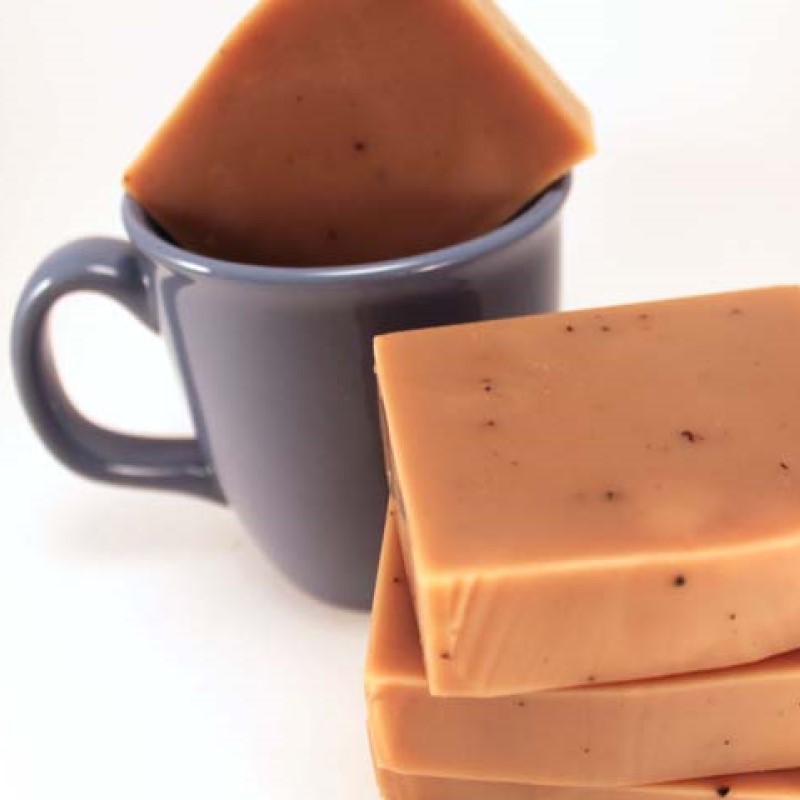
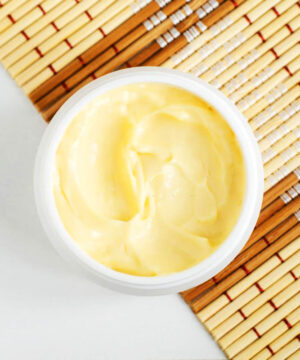
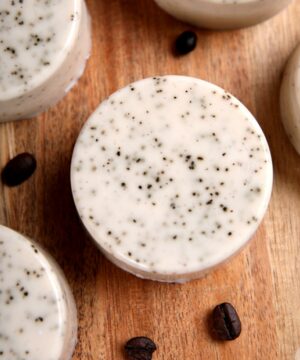
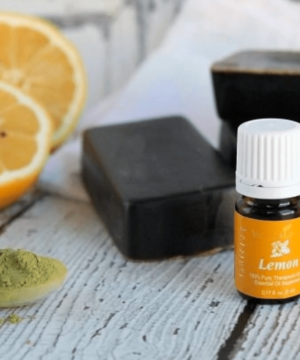
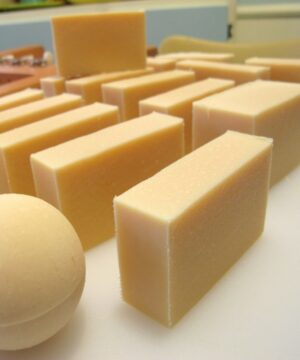
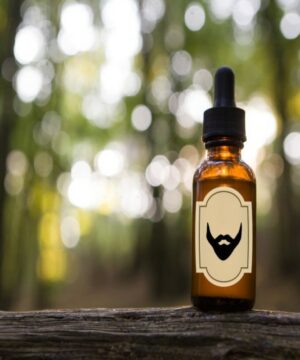
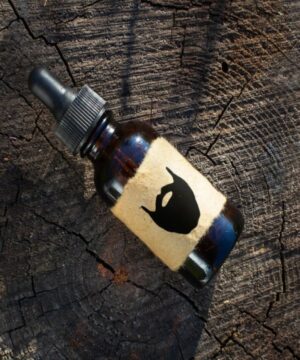
Reviews
There are no reviews yet.